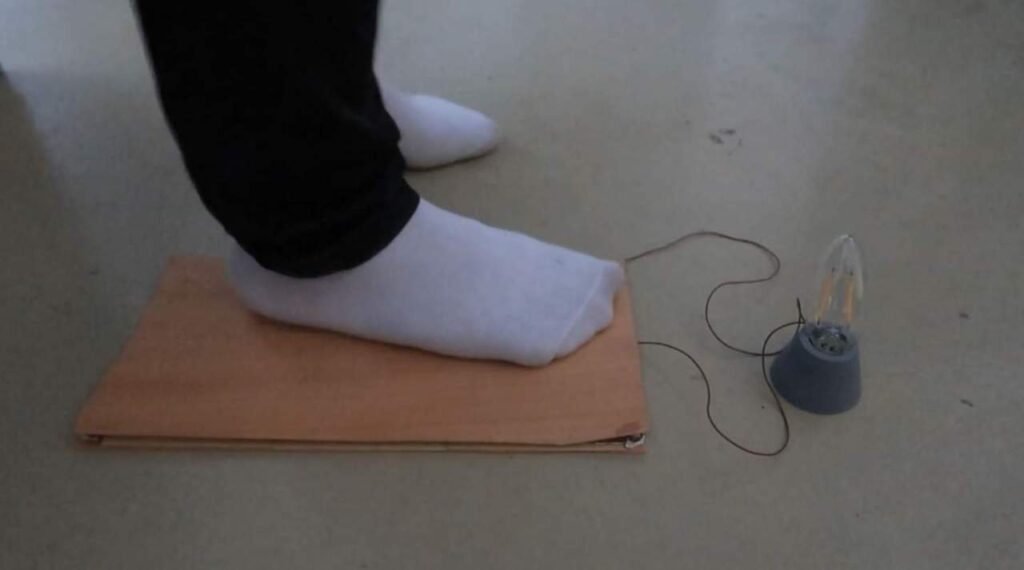Floor That Generates Electricity
Switzerland’s researchers have invented a method for harvesting electricity by walking on a wooden floor. A nanogenerator is a technique that allows enough electric power to be generated from walking to power a lamp in a test. Researchers on the project used a mix of a unique silicone coating and embedded nanocrystals to improve the wood flooring their nanogenerator utilizes.
Their efforts have yielded a power generation gadget that is said to be 80 times more efficient than raw wood. It generated enough power to run an LED light bulb and other tiny electronic gadgets. Two pieces of functionalized wood were embedded between electrodes in the researchers’ experimental nanogenerator. The touch and separation that occurs as a result of walking cause the pieces of wood to become electrically charged. The triboelectric effect is what it’s called.
One of the most difficult aspects of generating electricity with hardwood floors was that wood is triboneutral by nature, which means it has little tendency to gain or lose electrons, limiting its ability to generate power. Making wood that could attract and lose electrons was a huge task.

Space for improvement
Researchers coated one piece of wood with polydimethylsiloxane (PDMS), a form of silicone that can gain electrons when contacted, to enable the capacity to gain and lose electrons. The other piece of wood was functionalized with zeolitic imidazolate framework-8 nanocrystals produced in situ (ZIF-8).
Researchers also looked into several types of wood to discover which ones functioned best for generating power, as well as whether the direction of the grain in the wood mattered. Finally, the scientists determined that a radially cut spruce triboelectric nanogenerator worked the best. That same timber is extensively utilized for construction in European countries. The researchers are still attempting to improve their creation.
